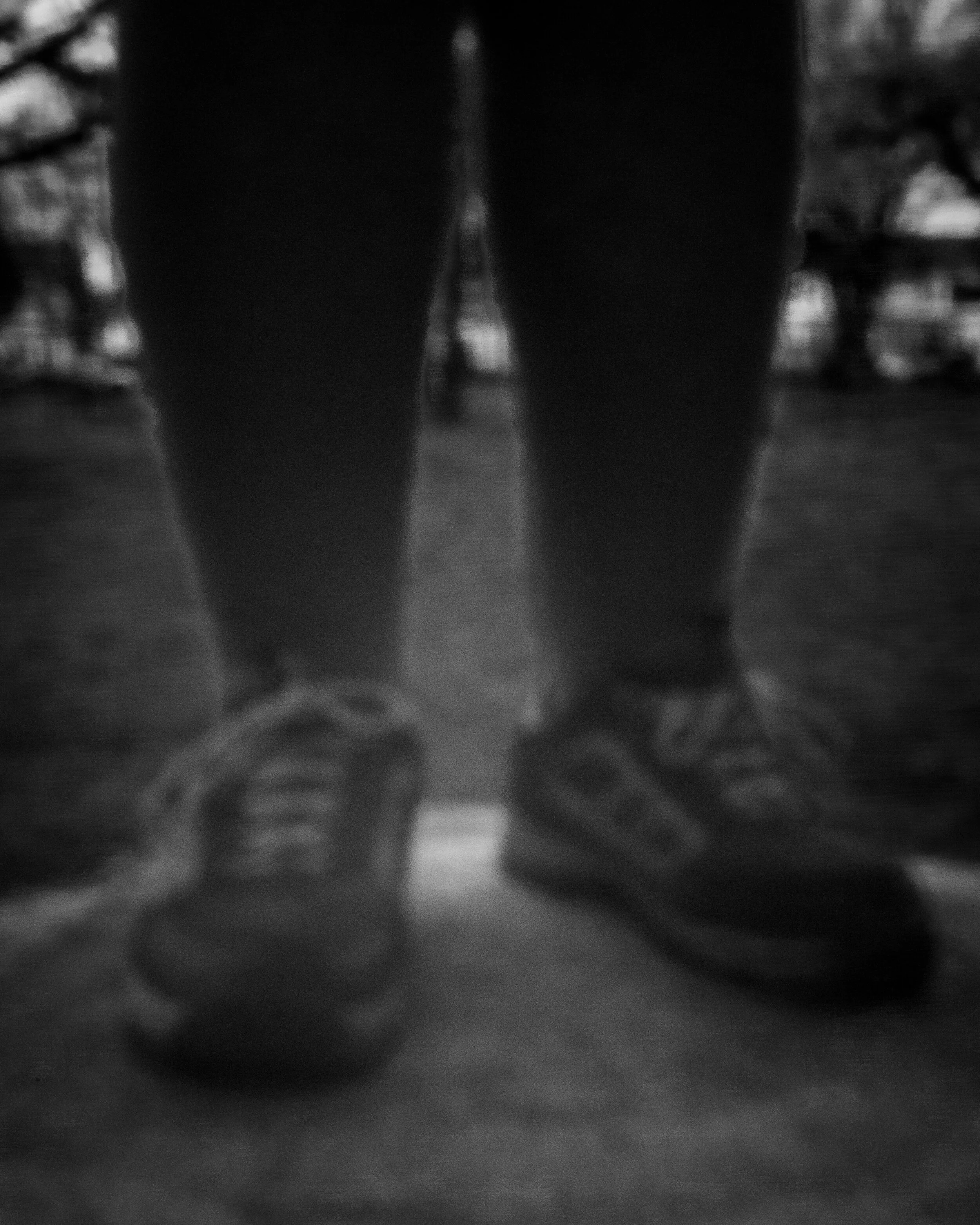At the centre of a galaxy 50 million light years away lives a terrifying and insatiable giant. Poetically named “M87*” (fig.1), this beast weighs in at a whopping 6.5 billion times the mass of our sun with a radius wider than our entire solar system. It is, of course, a supermassive black hole and in 2019 scientists announced that they had taken a photograph of it (Wall, 2019). This was, by anyone’s standards, a massive technological achievement. Due to diffraction, a physical property of light, a camera sensor the size of the Earth is required to resolve detail. (Lutz, 2019). So that’s exactly what the scientists at EHT did. They connected 17 radio telescopes around the globe together and used the rotation of the earth to trace across the ‘sensor’ recording data as they went. The resulting image was incomplete, however, and so the scientists then used machine learning algorithms to sift through the data and fill in the gaps based on the mathematical equations that describe its properties (Kotary, 2020).
The reaction from the public was mixed. I can perhaps forgive the people who were critical of the aesthetics of the photograph, it is indeed very blurry and difficult to make out although the same criticism could be levelled at what is widely regarded to be the first photograph ever taken by Niépce (fig.2). What I find more troubling are the people who dismiss the photograph as not being a photograph because of the involvement of computers to fill in the gaps. Human interference is almost a given with photography, especially in the digital age when pretty much every photograph published has been subject to post processing. Some photographers like to shoot ‘straight out of camera’, meaning no editing whatsoever. Ironically, what they are actually doing is letting the camera edit the photograph for them as most DSLRs come with colour profiles that apply a ‘look’ to the RAW file before converting it to a JPEG.
Even from a scientific standpoint Krow (2014, pp.249-262) points out that “In recent years, editors of several high-profile science journals, including Science , Nature , and PLoS Biology , have been expressing concern that the ability to use image-processing software (particularly Photoshop) facilitates the production of aesthetically attractive but scientifically misleading images [sic]”, but that only covers human intervention. What about a solely machine intervention? Well the question remains the same. Those machines are designed by humans to achieve a certain goal. Now that the digital age is upon us, machine learning algorithms can be found in the vast majority of photographs taken these days, not least of all in Smart phone camera technology. Due to limitations of size, phone cameras will never be as advanced as their DSLR or mirrorless counterparts, but phone companies can and do use these algorithms to make a photograph ‘look’ a lot better than they actually are. They can even make you look better than you actually are. In 2018, Apple came under fire for having a skin smoothening filter turned on by default on the iPhone XS selfie camera. Apple has since resolved the issue claiming a bug in the software.
In Ectoplasm: Photography in the digital age, Batchen explores the claims of several art critics that digital photography would kill the medium because, without an original like a film negative, people would be unable to verify the authenticity of a photograph (1999, p.15). Well, more than twenty years later can we say that is the case? I think it’s fair to say that people are becoming more critical of clearly edited images and the wide use of filters on platforms like Instagram, but what you will often find in photography forums is people asking to see the original ‘unedited’ image. This would imply that they still believe that authenticity exists, it’s just been lost by the photographers incessant meddling. Art historian Walter Benjamin would most likely have disagreed vehemently with this assertion. In The Work of Art in the Age of Mechanical Reproduction (Benjamin, Et Al, 2008) he describes the potential power that photography has in it’s inauthenticity. If we accept that photographs are not accurate representations of reality then the message is what cuts through and with the ability to make copies, that makes photographs a powerful tool for social change (2008, p.4).
In a world of ‘fake news’ and ‘deep fakes’, of social media influencers and curated news feeds showing you only what the machine thinks you want to see, it is very understandable that people would yearn for a sense of truth but is that to say that machines always lie? There are certain examples of algorithms that can do jobs better than humans, like detecting cancer in scans and biopsies, and there are algorithms that clearly don’t work, like the one chosen to calculate pupils GCSE and A Level results this year. We may never be able to truly verify the accuracy of the m87* photograph, without travelling 50 million light years to observe it directly, but it has shown us something that was previously thought impossible to see. As the technology improves, there is a theoretical point in time in which the machines could design and improve themselves called the singularity. Unburdened by the subjectivity of human perception their discoveries might be the closest thing to real we ever find, but what that really means for us as a species is yet to be understood.



























































































